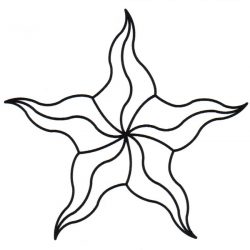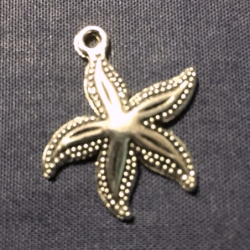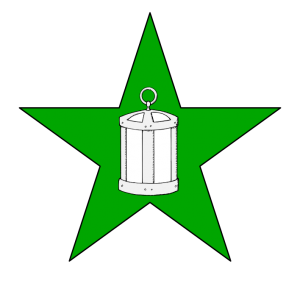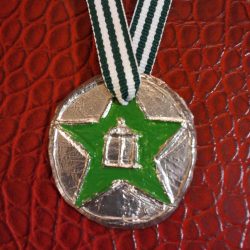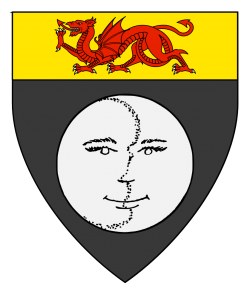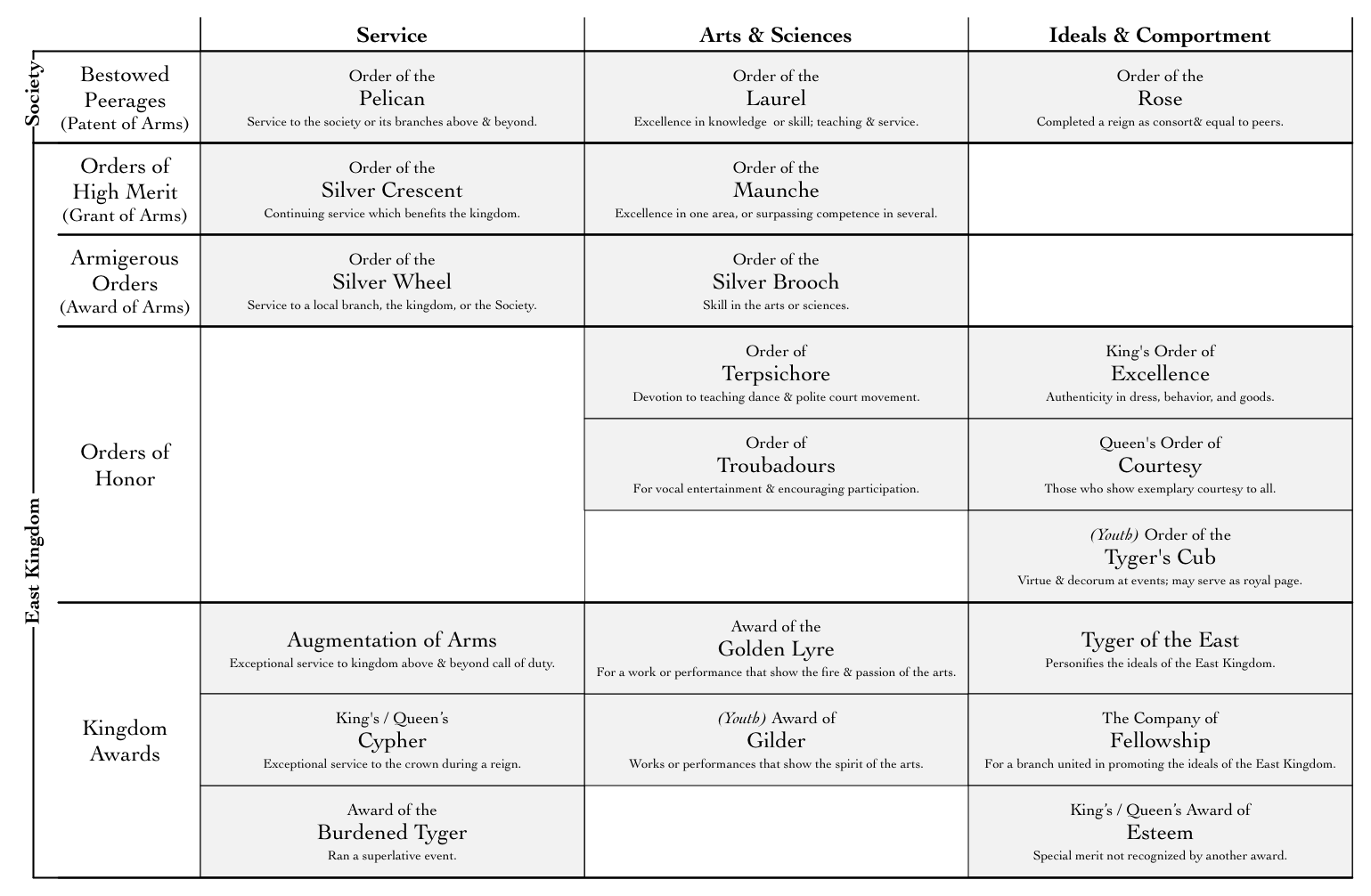
The Order of the Sea Dog of Østgarðr is an award for service to one of the cantons of Østgarđr. Its name is sometimes written as a single word, “Seadog.”
The name and badge are rich with allusion, as “sea dog” is both nautical slang for an experienced sailor and the heraldic term for a half-dog/half-fish creature with a broad scaly tail that is often identified with the beaver, a creature that was plentiful in the territory of Østgarđr during the medieval period, and is memorialized on the seal of New York City, adopted in 1686.
The Bylaws say “The Order of the Seadog is granted by the Viceregency to citizens for service at the Canton level.”
 Recent recipients of this award have been given both a medallion of the order, and a small fuzzy beaver finger puppet.
Recent recipients of this award have been given both a medallion of the order, and a small fuzzy beaver finger puppet.
The Annals of Østgarđr report that the order was founded in 1998, “at Agincourt on October 31. The initial recipients were Brekke Franksdottir and Marion of York from Lions End, Aurora ffolkes and Thomas of Northpass from Northpass, and Brithwen of Bores Hulla and Anabel Ravaya de Guzman from Whyt Whey.”
The heraldic registrations for the order’s name and badge were approved in 2008.
The list of recipients of the Sea Dog in the East Kingdom’s Order of Precedence is sadly incomplete, but a request for corrections has been submitted.
[Update, Dec 1:] The online Order of Precedence has been updated with this information and I believe it now has a correct and complete list of recipients as of this date.

